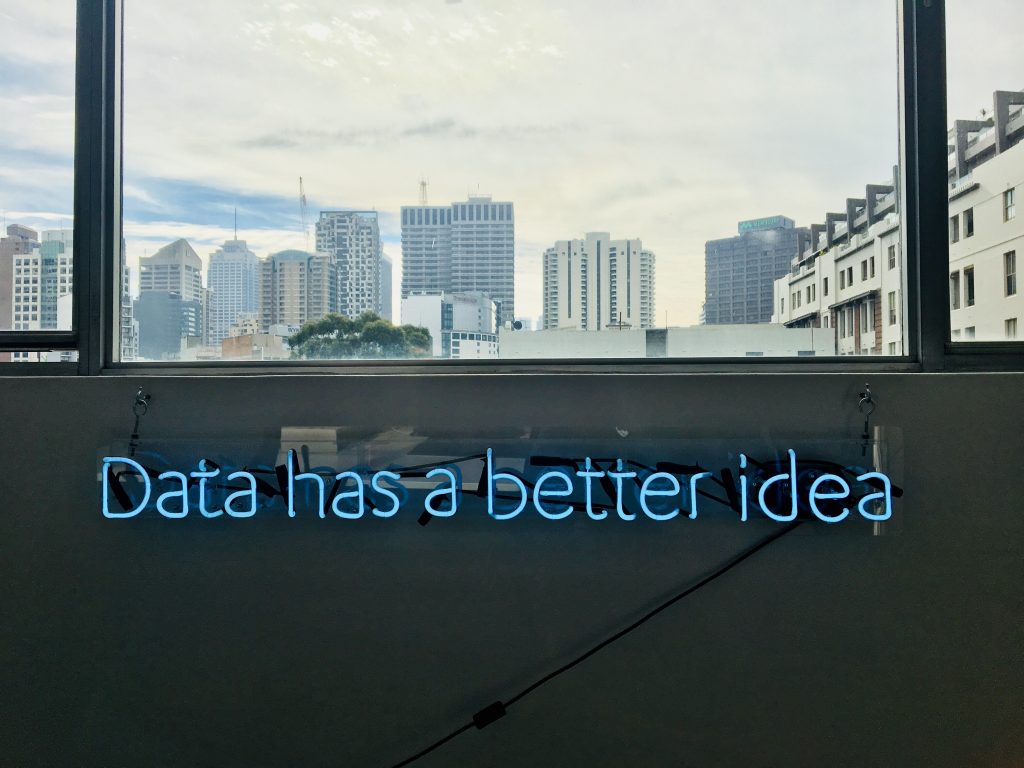
In this guest post Jan Deckers, senior lecturer in bioethics at Newcastle University, explains his vision of how a ‘Wide in Opening Access’ approach can allow all quality research to be published.
It is probably safe to assume that most authors like their work to be read.
The traditional model of publishing operates by means of the ‘reader pays principle’. In this model, readers must generally pay either to purchase a book or to subscribe to a journal. They might do neither. However, where readers do not pay themselves, others have to do so for them. Frequently, these others are libraries. However, most libraries that lend books and provide access to journals limit access, frequently requiring the reader to be a member of an institution and/or to pay a subscription to the library.
In the age of the internet, access to published work is much greater than what it used to be. Some books are available electronically, and many journals are. In spite of this rapid change, some things stay the same: publishers must still make their money. In order to provide open access to readers, many now demand that authors pay book or article processing charges. This disadvantages authors who seek to publish books and who cannot pay such charges, unless book publishers can rely on third party funds that cover publication costs for authors who cannot pay themselves. Where such funds are not available, other options are available. Authors can still find plenty of publishers who will offer contracts, free of any charge, to those who are able to produce good work. This option exists as many book publishers stand by the traditional model, at least in part because many readers still prefer the experience of reading a tangible book to that of reading a virtual one. Another option is self-publication, where authors can publish books at relatively low cost, essentially by taking on the publishing cost themselves. In sum, whilst open access book publication presents an ethical dilemma where it supports the ‘writer pays principle’, its benefits for readers and the availability of reasonable alternatives for authors who are excluded from publishing in the open access mode makes open access book publication, in my view, a relatively sound moral option.
Open access journal publication presents a different challenge. Some journals find themselves in a position where, rather than to adopt the ‘writer pays principle’, they are able to get the money from elsewhere, for example from governments and other institutions that are willing and able to pay. This is the ideal scenario and – in the current world – the exception rather than the norm. This is why open access journal publication raises a massive moral challenge: what does one do, for example, when the leading journal in one’s academic specialty decides to become an open access journal that charges authors, where neither the author nor the institution that they may belong to can pay? To address this challenge, the journal may be able to offer free publication to some authors, effectively by elevating the processing fee for authors who are able to pay so that it can cover the cost for authors who are unable to pay. Some journals do this already by offering either a discount or a fee waiver to some authors. The problem is that such discounts may not be sufficient and that the criteria for discounts and waivers frequently are too indiscriminate. For example, offering waivers indiscriminately to authors who are based in particular countries both fails to recognise that those authors might be relatively rich and that authors who live in relatively rich countries might be relatively poor.
The only way that I can see out of this is to ‘de-individualise’ the article processing charge completely. Journals would then be able to publish any article that survives the scrutiny of the peer-review process, regardless of the author’s willingness or ability to pay. Such de-individualisation would also address another concern that I have with the open access journal publishing movement: how can we prevent publishers from publishing work that falls below the academic standard? One might argue that peer review should be able to separate the wheat from the chaff, but the problem is that the publisher is incentivised strongly to turn a blind eye to peer review reports, which – in the worst case – might be biased themselves by the knowledge that the author is willing to pay.
Journals that are unable to raise enough funds to publish all articles in the open access mode may provide an option for authors who can pay to publish in the open access mode and for other authors to publish in the traditional mode. Many journals now operate in this mode, and are therefore known as hybrid journals. I do not consider this option to be ideal as it sets up a two tier system, where authors who publish in the former mode are likely to enjoy a wider readership. However, it may be preferable to the traditional mode of publication as this model is not free from problems either, providing access only to readers who can pay themselves or benefit from institutions, such as libraries, that pay for them.
The world in which authors, editors, and peer reviewers must navigate is complex. In spite of this complexity, I call upon all to resist any involvement with journals that do not provide authors with the chance to publish good quality work. Whilst I hope that open access journal publishing will become the norm for all articles, I recognise that journals may not be able to publish all articles in the open access mode due to financial constraints. As long as these constraints are there, however, I believe that journals should continue to provide the option of restricted access publication according to the ‘reader pays principle’.
This is why I only publish with and do editorial or peer-reviewing work for journals that adopt what one might call a ‘Wide in Opening Access’ (WOA) approach. It consists in peer-reviewed journals being prepared to publish all articles that survive scientific scrutiny through an appropriate peer-review process, regardless of the author’s ability or willingness to pay. It guarantees that authors who produce good journal articles and who cannot or will not pay are still able to publish. In this sense, it is ‘wide’. It is wide ‘in opening access’ as it fully supports open access publication becoming the norm. Whilst it adopts the view that articles from those who cannot or will not pay should ideally also be published in the open access mode, it recognises that this may not always be possible.
With this blog post I call upon all authors to support the WOA approach in the world of journal publishing. You can do so, for example, by stating your support for it on your website. Without such support, writers who do not have the means either to pay themselves or to mobilise others to pay for them will be left behind in the transition towards greater open access journal publication. Without support for the WOA approach, those without the means to pay to publish will be disadvantaged more than they are already in a world in which the ‘writer pays principle’ is gaining significant traction. To debate the WOA approach as well as other issues in publishing ethics, I created a ‘publishing ethics’ mailing list hosted by Jiscmail. You can (un)subscribe to this list here.
Image credit: Arek Socha from Pixabay

